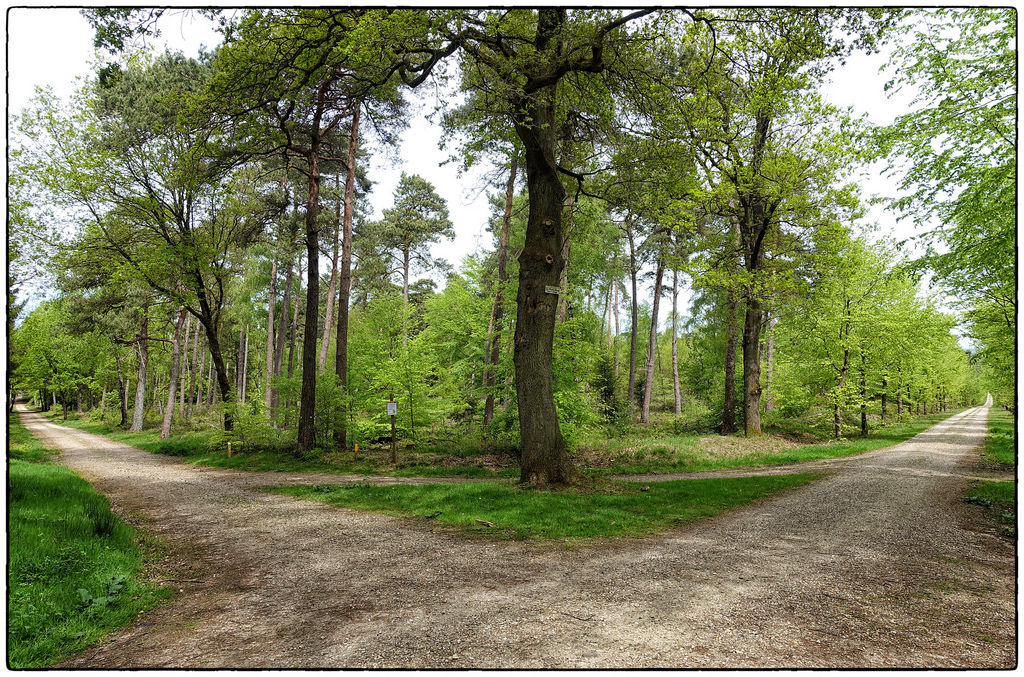Consultation on the proposed National Policy Statement for Indigenous Biodiversity closes soon and some of the submissions by local government are fascinating. The ones I have seen (through Council Committee agendas) almost all reference a perceived tension between biodiversity protection and urban development. It’s unfortunate that such a false dichotomy exists in planning because we don’t live outside nature, we are part of it!
In NZ we’ve become obsessed with the permitted baseline, instead of the ecological baseline. The urban forest is undervalued precisely because it is seen as a hindrance to development, and it is. Not because it exists, but rather because it is not allowed to co-exist. There are rules for site coverage, yards, outdoor living, sunlight access and more. All of these are to maintain and enhance ‘amenity values’. In contrast, rules for trees focus on protection, not maintenance or enhancement.
Familiarity breeds contempt. Are we so used to trees being a problem that they are seen by most land development professionals as a necessary evil?
The current paradigm rewards flat, clear sites of a defined size and shape to maximise compliance with the ‘permitted baseline’. As planners we should be incentivising unique solutions to unique problems. Instead, we spend our days justifying square pegs for round holes.
Here’s a radical idea: Every new house must have at least three trees within 50 metres. Go further: More trees permits higher density development. Just imagine the environment that would result. Developers would be bending over backwards to fit in as many trees as possible. Landowners would become custodians of their trees.
Development and protection are mutually exclusive because we have written that into the planning narrative. But such a ‘separation’ is entirely artificial and cannot be sustained as we approach the earth’s carrying capacity. We need to change the mentality that restricting development is the only way to protect biodiversity. Because if that is true, we’re in big trouble.
PS. I’ve included a photo I took for this post rather than the standard ‘stock image’. Look around you at what trees have become, it’s heartbreaking.




